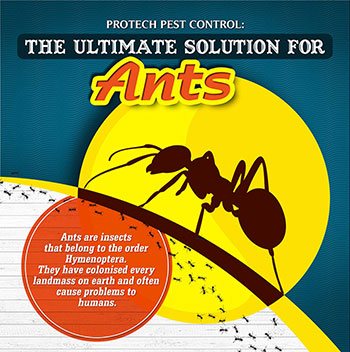Rat Control Comprehending Common Rodent Actions
Rat Control Comprehending Common Rodent Actions
Blog Article
Composed By-Talley Refsgaard
When it comes to rodent control, recognizing typical rodent actions is vital to successfully handling infestations. Did you recognize that rats have some remarkable nesting practices that might shock you? By discovering their detailed habits, you can gain important understandings right into how to deal with rodent concerns in an extra tactical and effective way. So, let's untangle why not check here behind these creatures' activities and find out just how to outsmart them in your rodent control initiatives.
Rodent Nesting Habits
When observing rats in their all-natural environment, you'll notice that they proactively seek out materials to build their nests. Rats, such as computer mice and rats, are resourceful animals that make use of a selection of items like branches, leaves, paper, and material to build their homes. They're thorough in their nest-building procedure, commonly lining their nests with softer products like fur or plumes to develop a comfy setting.
Rodents favor to develop their nests in covert and safe places to secure themselves and their young from killers. Usual nesting spots consist of wall cavities, attics, cellars, and even within insulation products. By constructing their nests in these private areas, rats can securely increase their offspring away from potential threats.
It is important to understand the nesting practices of rats when carrying out control actions. By disrupting their nests or getting rid of materials, you can inhibit rodents from establishing a visibility in your home or residential property. Proper hygiene and sealing off entry factors are likewise crucial steps in preventing rodent invasions.
Rat Feeding Patterns
After observing rodents' nesting practices, it comes to be apparent that their feeding patterns play an essential duty in their lives and behaviors. Rats, including mice and rats, are opportunistic feeders, implying they'll take in whatever food resource is easily available. They're mainly nocturnal animals, preferring to forage for food during the cover of night to avoid predators.
Rodents have a varied diet regimen, ranging from grains, seeds, fruits, and vegetables to pests, nuts, and even tiny pets. This adaptability in their food choices allows them to prosper in different settings, including urban locations where human food resources are plentiful.
Their feeding patterns aren't only driven by hunger yet additionally by the demand to accumulate food for times of deficiency. This actions is particularly obvious in preparation for winter months or when nesting. Rats are understood to hoard food in their nests or burrows, making certain a constant food supply. Understanding their feeding patterns is crucial in carrying out efficient rodent control measures to interrupt their food sources and avoid invasions.
Rodent Activity and Travel
Rodents browse their surroundings with agility and stealth, using their keen detects to move swiftly through their settings. These creatures are experienced mountain climbers, able to scale wall surfaces and vertical surfaces with ease. They can likewise press through surprisingly little openings, making it crucial to seal off any kind of potential access factors in your home.
When it involves traveling, rodents tend to comply with acquainted courses, creating routes along wall surfaces or skirting the edges of rooms. They're creatures of habit, often staying with these established paths as they forage for food or discover their surroundings.
Rodents are known for their nighttime habits, so you may hear them scooting around in the evening as they search for food and water. http://www.snoho.com/html/stories_2023/07052023_paws_new_big_center_in_snohomish_coming_along.html and unpredictable, permitting them to dart in and out of sight in the blink of an eye.
Comprehending just how rodents relocate and travel can assist you recognize prospective problem areas in your home and take proactive steps to stop these pests from getting a foothold.
Verdict
As you work to control rats in your home, bear in mind that comprehending their habits is vital. By recognizing their nesting behaviors, feeding patterns, and movement, you can properly prevent invasions.
Together, by taking positive procedures to remove food sources and seal entry points, you can interrupt their familiar courses and force them to seek out new locations, eventually lowering the possibility of rodent existence in your space.
